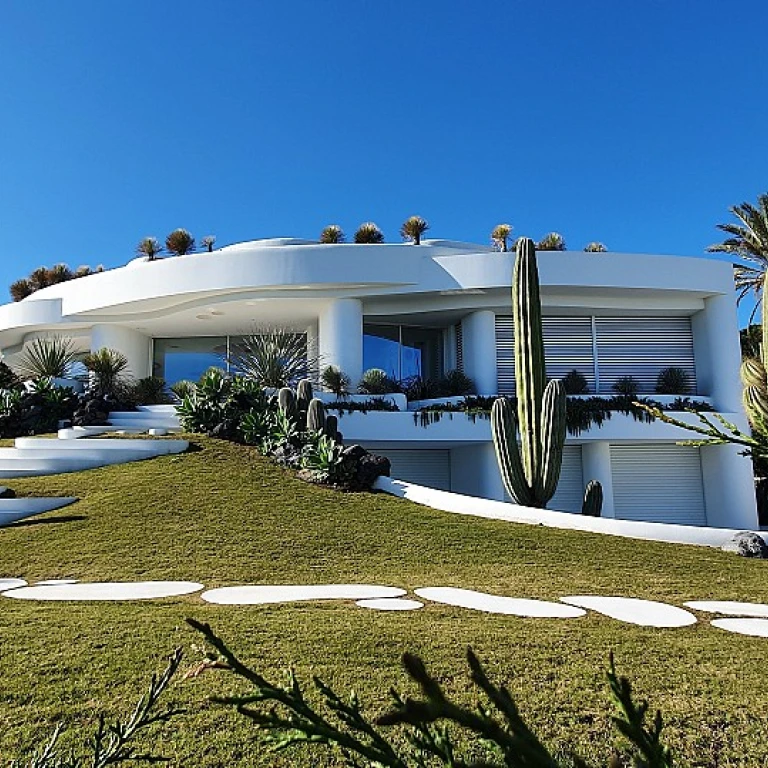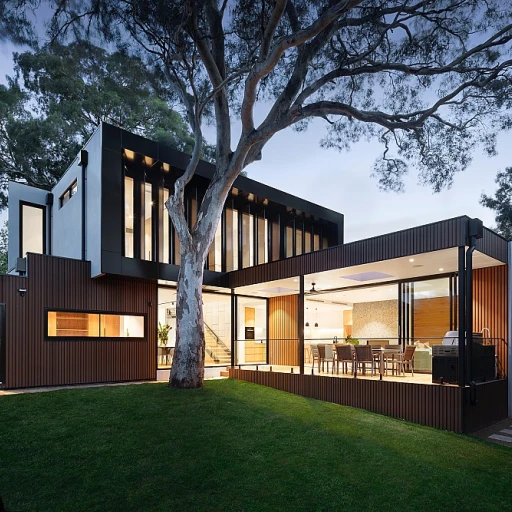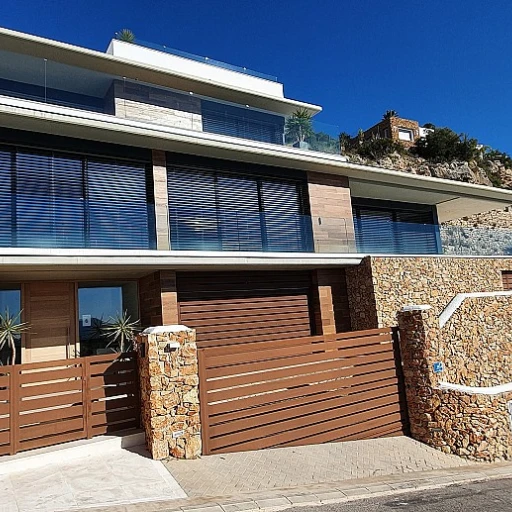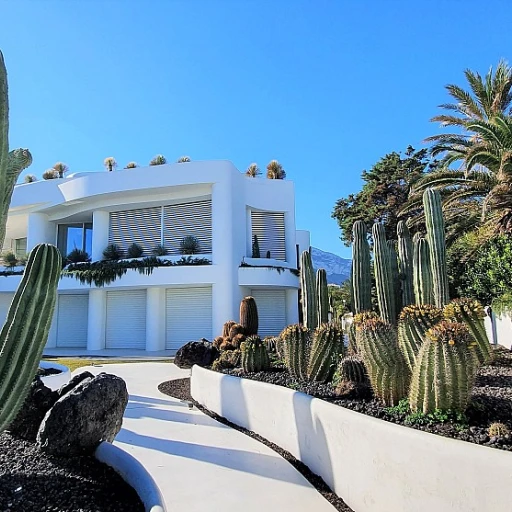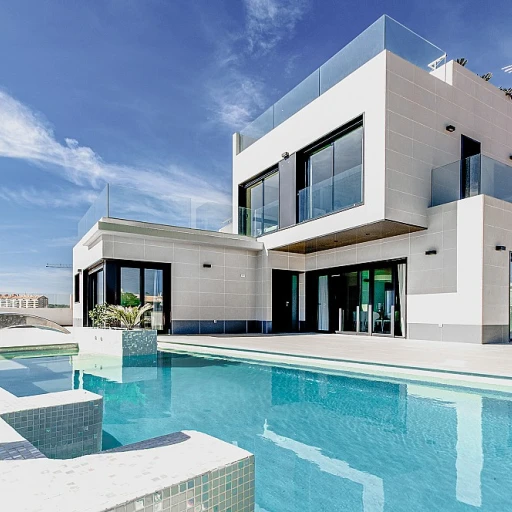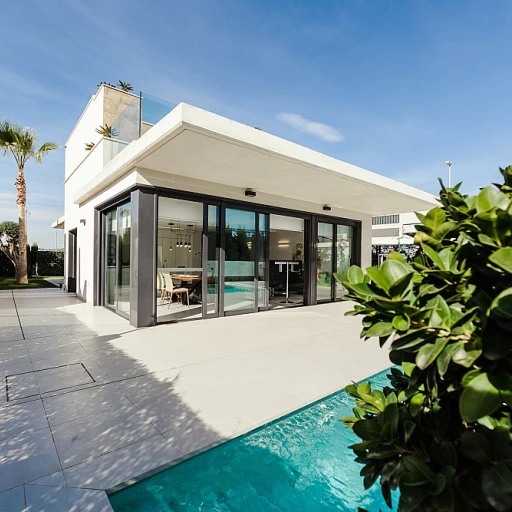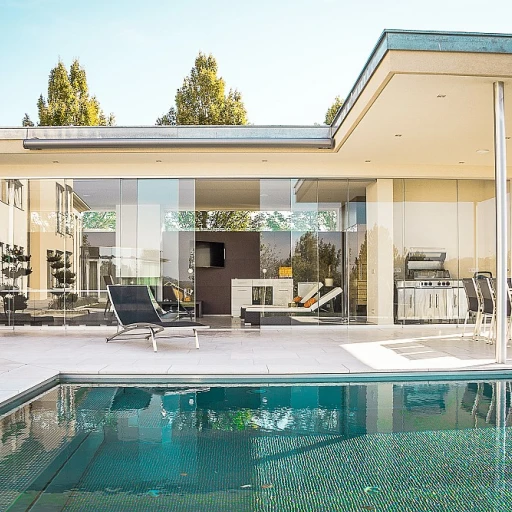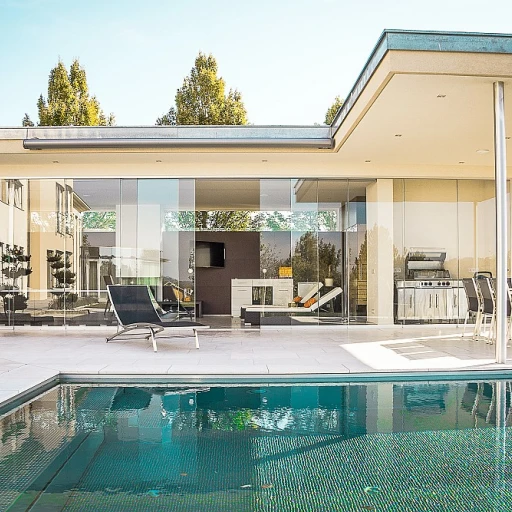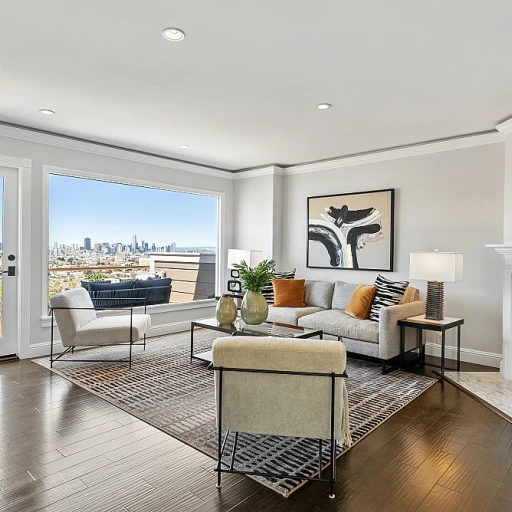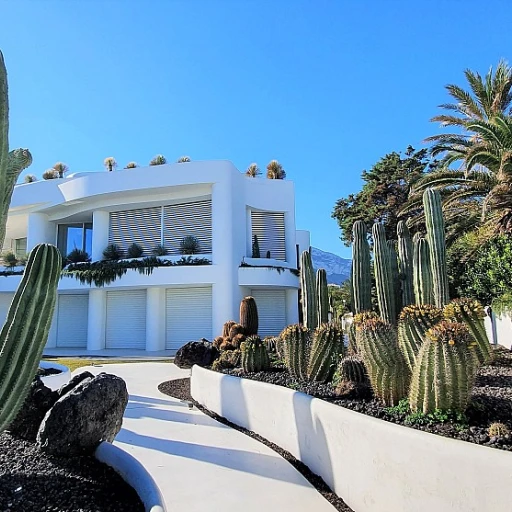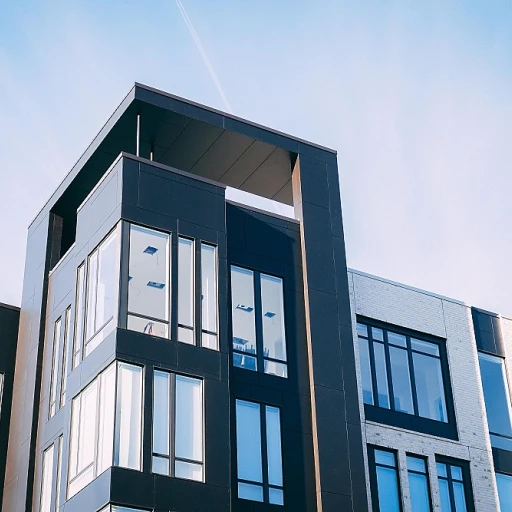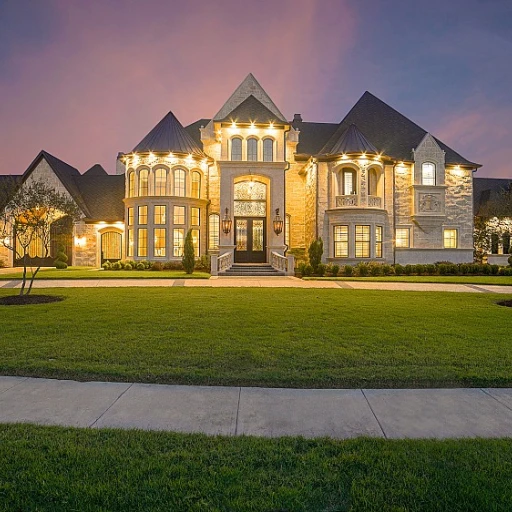
The Timeless Appeal of Gothic Architecture
Timeless Beauty Meets Modern Living
Gothic architecture, with its soaring spires and intricate detailing, has continued to captivate luxury real estate enthusiasts for centuries. This architectural style, emanating from Europe’s Middle Ages, offers a unique charm that's hard to resist. Its presence in modern luxury homes transforms any property into a historical masterpiece, providing an elegant backdrop for opulent living.
An increasing number of exclusive estates are embracing the revival of Gothic architecture, blending its historical appeal with contemporary conveniences. This fusion of past and present creates an allure that’s both timeless and cutting-edge.
Much like the enduring appeal of Victorian and Queen Anne styles, Gothic architecture carries an air of history and grandeur. It transports homeowners and visitors alike into a realm where every arch and stained glass window tells a story. The spacious high ceilings, galley kitchens with hardwood floors, and wide, expansive living spaces imbue these homes with an attractive blend of warmth and splendor.
Moreover, the demand for properties built with Gothic elements spans across regions such as York, Denver, Colorado, and beyond. These homes for sale often feature several bedrooms and baths, spacious feet of living area, and an attention to detail that’s rarely found in modern constructions.
For luxury buyers, owning a home from this architectural lineage is more than just acquiring property—it's an investment in a style that stands the test of time. The charm of Gothic estates often rests on their historical roots, broadening appeal for individuals drawn to that era's defining characteristics.
The allure of Gothic architecture is undeniable. Its power lies not only in aesthetic appeal but also in the potential it offers for creating unique, personalized living spaces. The lasting fascination with Gothic design remains as relevant today in international realty circles, including prominent firms like Coldwell Banker and Sotheby International, as it was centuries ago.
Gothic Homes for Sale: A Niche Market
Gothic Homes on the Market: A Unique Opportunity
The world of real estate offers a myriad of options for discerning buyers seeking distinctive properties. Among these, the availability of gothic style homes for sale stands out as a compelling opportunity. Gothic architecture, with its distinctive charm and historic allure, presents a niche market where one can find a "living" work of art. Nestled in various counties, these homes often come with a rich history and are built to captivate. For those interested in acquiring an estate that bears the character of a bygone era, the prospect of owning a Gothic home is as enticing as it is rare. These houses often blend Gothic Revival or Victorian Gothic architecture with modern touches, making them both historic and inviting. Notably, Sotheby International Realty and other esteemed firms frequently feature such real estate gems in their listings.- Historic Appeal: Many Gothic homes offer historic significance, often dating back to periods when architectural detail was
- Architectural and Design Elements: Typical features in these homes include grand entrances, stained glass windows, and the
- Market Availability and Listings: While Gothic homes for sale can be rare, they crop up in prominent realty listings by
Key Features of Gothic Luxury Estates
Defining Features of Luxury Gothic Properties
Gothic architecture has captivated the desires of luxury real estate enthusiasts seeking homes with a distinctive character. These architectural gems, often nestled within historic estates or amidst picturesque county landscapes, boast unique features that distinguish them in today's realty market.- Signature Design Elements: The allure of Gothic Revival and Victorian Gothic styles lies in their intricately designed elements. Properties often feature pointed arches, steeply pitched roofs, and ornate detailing reminiscent of famed cathedrals. These characteristics transcend simple aesthetics, providing a palpable sense of history and grandeur.
- Historical Appeal and Modern Comforts: Many of these homes were originally built during the Victorian era or as part of the Second Empire style. Despite their historical provenance, they seamlessly integrate modern comforts such as renovated living spaces, contemporary kitchens, and luxurious bedroom bathroom combinations.
- Craftsmanship and Artistry: Owners can revel in the artistry of a Gothic home, where features like stained glass windows and authentic woodwork abound. Hardwood floors and custom cabinetry often enhance the home's opulent feel, harmonizing Victorian designs with practical living.
- Spacious Elegance: Gothic estates are renowned for their expansive footprint, often stretching thousands of square feet. From lavish bedrooms to grand entertaining areas, space is never in short supply, making them ideal for those seeking grandeur in their everyday living.
- Intricately Preserved Features: When acquiring such a historic property, potential owners should assess its authentic period details. Features like the iconic Queen Anne turrets or a Victorian-style house with beds baths suited for luxurious lifestyles add a touch of elegance that is simply unparalleled.
Challenges in Owning a Gothic Home
Navigating the Intricacies of Gothic Home Ownership
Owning a gothic home can be as enchanting as it is challenging. The timeless elegance found in grand estates with gothic revival and Victorian style homes is unmatched. However, these properties often come with complex maintenance requirements and logistical considerations that potential buyers must be prepared to face.- Maintenance of Historic Features: Gothic luxury estates boast intricate architectural elements, such as stained glass windows, hardwood floors, and detailed woodwork, which require expert care to preserve their historic value. This can often mean engaging specialized contractors who understand the unique needs of such homes.
- Structural Upkeep: Many gothic homes, especially those built during the Victorian era or embodying the Second Empire style, have stood the test of time. However, they may require reinforcement to meet modern safety standards, especially in aspects like plumbing, electrical systems, and overall structural integrity.
- Modern Amenities and Historic Charm: Integrating contemporary living spaces with the classic charm of a gothic estate often presents a design puzzle. Balancing modern kitchens, bathrooms, and living areas with the historic foundation necessitates meticulous planning and execution.
- Legal Considerations: Many historic properties are subject to preservation laws and regulations that aim to maintain their historical significance. Prospective buyers should be aware of restrictions on renovations and changes, which can limit the flexibility with which they can alter the property to suit personal preferences.
- Location and Market Dynamics: Gothic homes for sale are often situated in specific locations known for their historic background, such as counties with rich Victorian histories or urban centers like York or Denver, Colorado. Understanding the local realty market trends, including days a property is on site and homes sale metrics, is crucial for making informed purchasing decisions.
Investment Potential of Gothic Estates
Exploring the Financial Gains in Gothic Property
Investing in gothic homes can present unique opportunities within the luxury real estate market. With their historic allure and admirers of Victorian styles, these estates can command premium prices.- Enduring Appeal: Gothic estates are often steeped in history, with features like stained glass windows and hardwood floors having an unmatched aesthetic that attracts certain buyers. This timeless appeal can enhance property value over time.
- Scarcity and Exclusivity: Gothic homes are a niche market, often limited in number. The rarity of such properties makes them a coveted investment. Investors seeking exclusivity and unique architecture find these homes appealing.
- Market Trends: According to past real estate reports, properties in locations with a high concentration of historic homes, such as in specific parts of New York or Denver, Colorado, often see consistent demand and property values. When well-maintained, these estates can appreciate significantly.
- Challenges and Costs: Prospective investors should be aware that maintaining the intricate details of a gothic home can be costly. Victorian gothic features like queen anne towers or intricate stonework can require specialized repair, impacting overall investment.
- Rental Potential: For those not looking for permanent residence, renting a gothic property can provide a lucrative income source. Their unique charm makes them suitable for vacation rentals or event venues, offering a different income stream.
Finding Your Gothic Dream Home
Your Guide to Locating a Distinctive Gothic Dwelling
For those yearning to embrace the mystique of Gothic architecture through home ownership, embarking on this journey involves more than just setting your heart on a historic frame. With their unique characteristics, Gothic homes require keen insight into the real estate market.- Identify Your Prefecture: Begin by exploring regions renowned for their rich historic heritage, such as certain counties in New York or Denver, Colorado. These areas often house remarkable specimens of Victorian Gothic style and Second Empire homes, which are frequently up for sale.
- Engage with Specialized Realty: Leveraging the expertise of real estate agencies with a focus on historic properties, like Keller Williams or Sotheby International Realty, can be invaluable. These agencies offer listings that cater to Gothic revival enthusiasts searching for anything from a quaint Gothic house with hardwood floors and stained glass windows to larger estates complete with multiple bedroom and bath arrangements.
- Explore Online Listings: Websites dedicated to unique architectural styles provide filters to narrow down your search by style, such as Queen Anne or Victorian style properties. Sites often detail historical information alongside practical aspects like the number of beds and baths, the square feet of livable space, and age when originally built.
- Consider Restoration Potential: Embrace the character that brings Gothic homes to life, but be prepared to address potential renovation challenges. These can range from incorporating modern-day amenities within their historic frames to maintaining features like Victorian stained glass windows.
